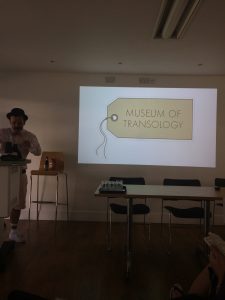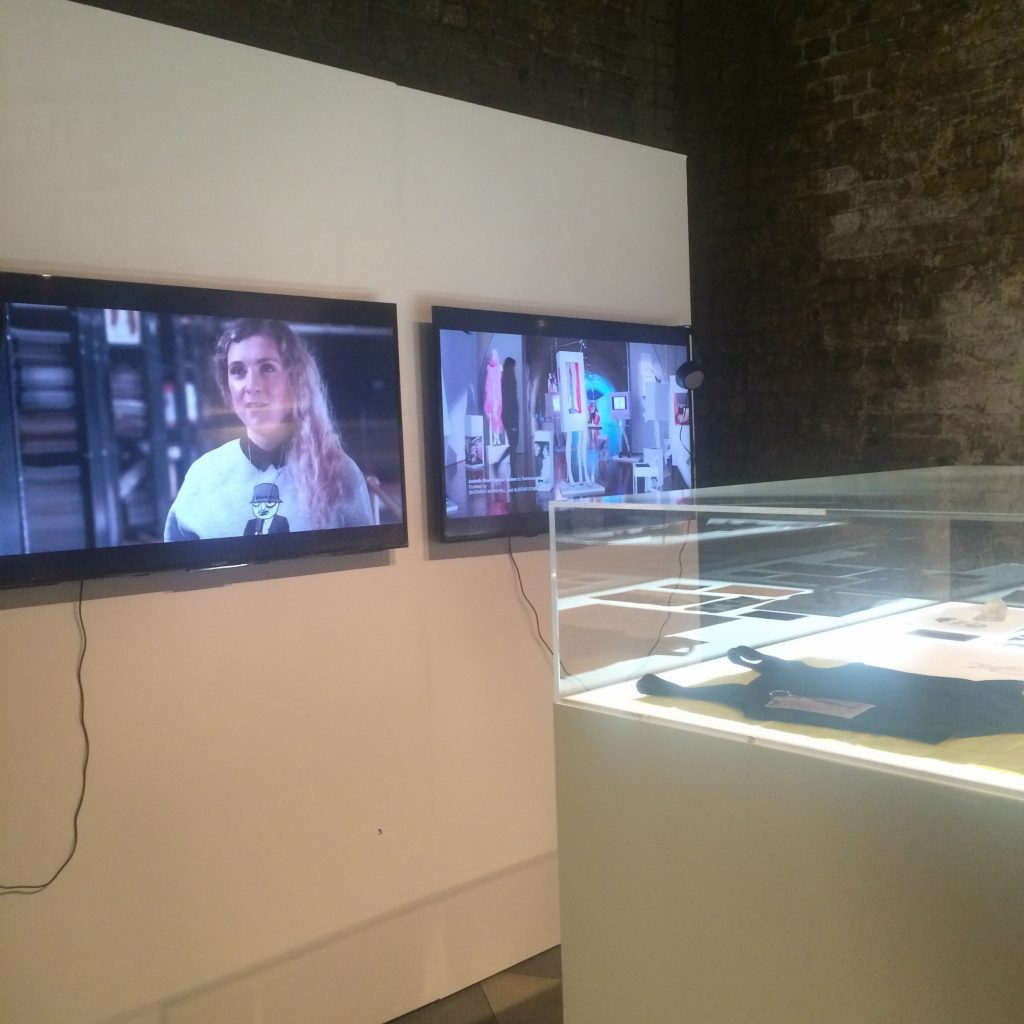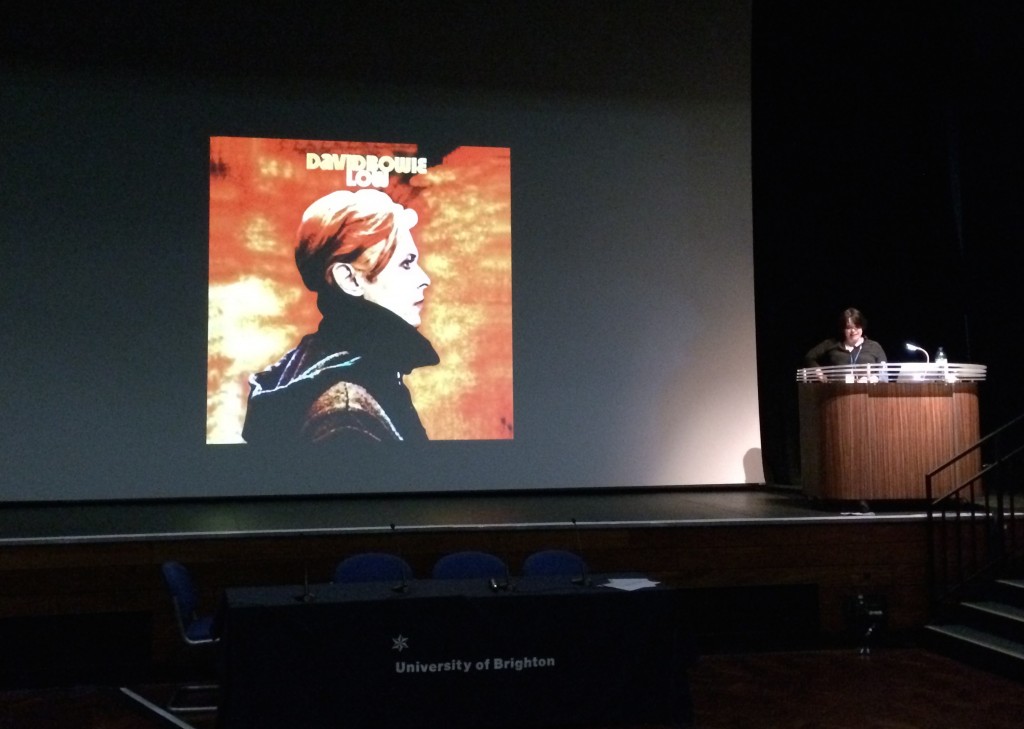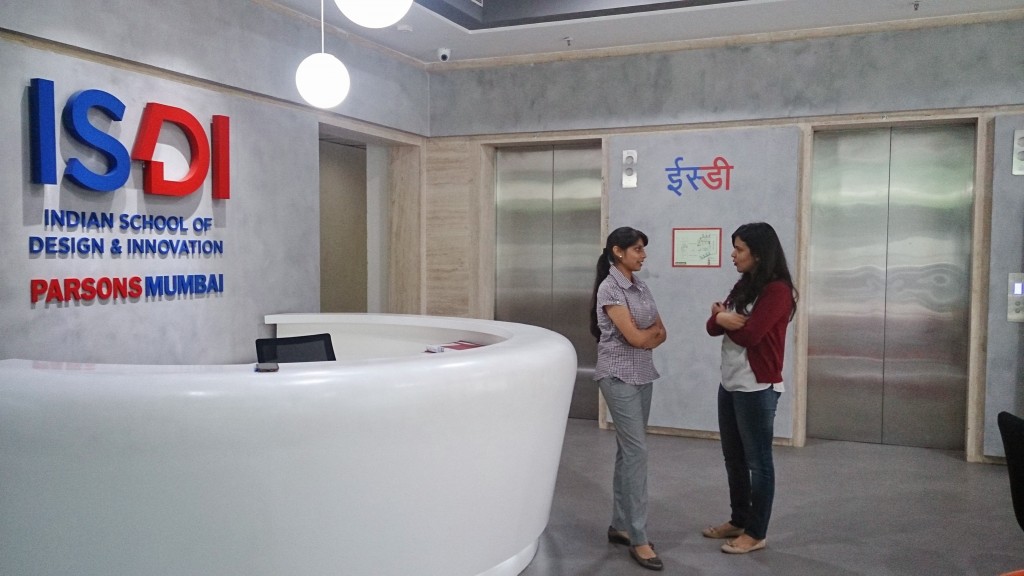Lisa Hinkins is a graduate of our BA History of Art and Design and MA Curating Collections and Heritage programmes. She was recently awarded prestigious AHRC Techne funding for a new PhD to be entitled, Where are all the Lesbians? In search of Lesbian Lives in Museums. In this blog post, Lisa reflects on her time at the University of Brighton so far.
It is a privilege to announce my new PhD project. I was asked to write on how it was built on my time at the University of Brighton (UoB) as an undergraduate and graduate student. So, I am in a reflective, sentimental mood. Where do I start?
I just re-read my first HOAD blog, published in March 2016 describing my very first enriching experiences after signing up with UoB’s Active Student Volunteering Service. It catapulted me back to September 2015, a very nervous 43-year-old who after 23 years had left a life of work to return to university. Yes, it wasn’t my first rodeo – I had dropped out of a Graphic Design degree in the early 1990s at Portsmouth after six months. As I walked through the UoB doors though, I knew this was my second chance to steer my own career path. I had to fight my inner fears and draw on all my past experiences to help me make the most of this opportunity.
I actually got through my first year with pretty good grades and I made some friends. I also got my very first paying role in the Museum Sector as a Gallery Explainer with Royal Pavilion & Museums Trust (RPMT). I attended life-drawing sessions and volunteered at Fabrica, a local contemporary art gallery, while also volunteering with Photoworks, a leading platform for photographers. These wonderful opportunities were made available due to the professional and nurturing staff off the University of Brighton. They helped open my eyes to new prospects, widening my networks and developing my potential.
During the last two years my of undergraduate degree, the module programmes allowed me freedom to pursue areas of art and design relating to the LGBTQ+ community and Roma Gypsy history. Weaved with internal work development placements with World Art at RPMT, I gained a wealth of skills and knowledge, giving me more confidence to develop my own research paths.
In 2018 I was part of the inaugural cohort for the MA Curating Collections and Heritage led by Dr Claire Wintle. This innovative Masters combines academic study with vocational professional development. We received insightful seminars from a variety of professionals within the Museum sector, alongside hands on sessions with staff from RPMT.
The decision to study for my MA part-time enabled me have time to continue volunteering with Fabrica and Photoworks, as well as paid work with RPMT. I was able to attend the Gayness in Queer Times Conference held at UoB in the summer of 2019, participating as a speaker on lesbian representation in museums. It also meant I could volunteer as a community co-curator for Queer the Pier exhibition currently on display at Brighton Museum & Art Gallery.
This was an incredible experience where I could use my skills to create displays about historic lesbians with connections to Brighton. Using the prism of a pier volunteers from the local LGBTQ+ community created a unique exhibition telling stories of queerness in the city. While carrying out research it came apparent that there was a paucity of original material objects representing lesbian lives. One such woman was Brighton born Harriet Elphinstone-Dick, who achieved one of the greatest swimming feats in 1875. She swam in rough water from Shoreham Harbour to the West Pier in 2 hours and 43 minutes. To illustrate her story of defying Victorian societal expectations as a lesbian woman, I created a design for an automaton machine inspired by the Palace Pier’s dolphin racing game.
I also collaborated with internationally acclaimed Roma artist Delaine Le Bas, academic Dr Lucie Fremlova and LGBQT+ Roma artists in re-claiming the problematic ‘Gipsy’ Fortune Telling Machine held in RMPT’s collection. In an act of Queer decolonisation, we created a display in Queer the Pier that dispensed beautifully designed fortune telling cards by Delaine, alongside a text panel featuring a photograph by the Roma artists working with Lucie. I also edited a takeaway Zine to accompany the display which included personal stories and further photography by the artists.
My work with this team and my innovative automaton led to one of the most exciting prospects in my professional career. I was approached by UoB to develop a PhD proposal…., then the Covid pandemic hit us all.
Strangely or not, I thrived through the ups and downs of that period. I completed my MA dissertation, further developed my own artistic practice, delivered 23 weeks of Zoom Family Pub Quizzes, and partook in two on-line Free University Brighton (FUB) courses. In between this I worked on many drafts of my PhD proposal with support from UoB lecturers.
From 2021 I have guest lectured for the BA(Hons) History of Art and Visual Culture on Brighton LGBTQ+ Cultural History for first year students. The three-hour sessions have incorporated field trips to The Ledward Centre, The Old Police Cells Museum and the Queer the Pier exhibition.
My lecturing work, volunteering and work experience led to another gain another paid role with RPMT as a Museum Educator, which I carry out in conjunction with my roles as a Visitor Services Officer and Gallery Explainer. I also had an invaluable experience as an Archive Assistant working with Rachel Ng, a fellow alumni, on the Chelsea School of Physical Education Archive for the UoB School of Sports and Health Science.
The combination of academic study, paid roles and volunteering built a strong CV for enhancing my application for AHRC Techne funding. It has taken a few years, but with an amazing university team backing me and support from RPMT, I was awarded Collaborative Doctoral AHRC Techne funding in April. From October I shall be moving forward with this exciting project with the University of Brighton and Royal Pavilion & Museum Trust. The project: Where are all the Lesbians? In search of Lesbian Lives in Museums will investigate how RPMT represents lesbian historic lives and identities. It will unpack relations between heteronormative patriarchal histories and museums allowing scholars, professionals, and communities to challenge established social constructs.
I am very excited for this project and cannot wait to start working with my university supervisors.
There are so many people that I am indebted to – RPMT’s Executive Board along with the UoB Doctoral College. My heartfelt thanks go to the UoB School of Humanities and Social Science lecturers who have not only guided me through the PhD application process but supported me from the moment I stepped through these university doors as an undergraduate.



















